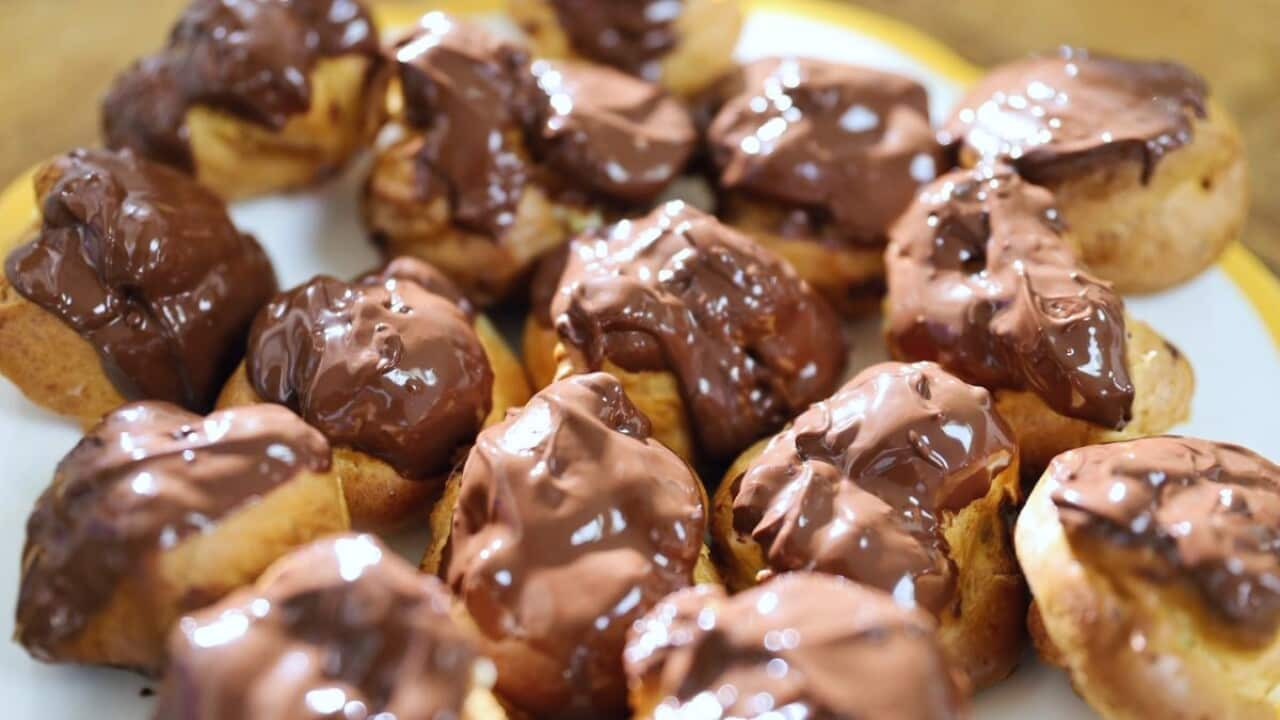You may be quite proud of your homemade spaghetti carbonara recipe, created with your special touch. But we have to ask: is it really a carbonara?
According to the , the original recipe for “spaghetti or pasta carbonara” is one of the most misinterpreted recipes outside of Italy.
To cook this dish the ‘right’ way according to the purists, you must avoid all temptation to tamper with the genius behind the original Roman recipe.
Sounds harsh? Fear not. Here are some easy-to-follow rules (and permitted modifications) for making a true Lazio carbonara, the “right” way.
Dinner?

Spaghetti alla carbonara
Must-have ingredients
The that there are only five ingredients: pasta, pork cheek, eggs, cheese and pepper. That’s it.
A real carbonara does not contain onion, garlic, or cream.
Which pasta do you use?
Traditionally, should always be paired with pasta that has a shape bearing a large ratio of surface area to volume, to allow the raw egg to be properly cooked. That’s why long and thin types of pasta work perfectly.
Spaghetti is the first choice but you can also use bucatini, linguine or fettuccine.
Always cook the pasta in salted boiling water – remember that the water needs to be as salty as the sea.
How about the cheese?
Should you add Parmigiano-Reggiano, Grana Padana or Roman pecorino? If you want to play it safe, go for the choice bearing the same origins as the dish.
In this case, Roman pecorino wins out. However, there may be some room for forgiveness if you use a mix of hard Italian cheeses, including pecorino.

Let the guanciale render slowly and don't throw away the fat. Source: Jono Fleming
Bacon v guanciale
This dish is 'supposed' to be made with guanciale, an Italian cured meat prepared from pork cheeks. That’s why (the name comes from the Italian word for cheek) is used as it’s a speciality of the Lazio region, where the dish originates. However, if you can’t find guanciale, pancetta is the next best substitute – not bacon.
When you’re frying the guanciale, avoid using olive oil. Start the pan from cold and let it render. The idea is to fry the meat in its own fat. That way, the rendered fat will add flavour to your sauce.
Egg yolks or whole eggs?
If you ask Silvia Colloca – host of the SBS show, – you should only use egg yolks when making carbonara.
“A humble ingredient like the egg becomes this incredible, creamy, binding sauce that is quite magical, but it’s also a little bit tricky,” Colloca says in episode six of the third series. “The thing about egg when it touches the heat is that it coagulates really quickly. It cooks. It scrambles. It becomes frittata and we don’t want that.
“[So] my way of doing carbonara that works every single time is to separate the eggs and just use the yolks.”
Other recipes call for using a mix of whole eggs. So a good midpoint is to use a
Whichever method you choose, the effect should remain traditional. You want the eggs to just start to curdle, to give your dish creaminess. Egg whites will provide texture but too much could make the eggs curdle. Meanwhile, egg yolks help to bind the pork fat to the sauce. This also helps to enhance the creaminess.
So a good rule to follow is to include one egg yolk per person and one egg white per four people.
Order is important
Have your cold beaten eggs, cheese and pepper combination ready to go. Then add it to pasta that has already been cooked al dente and that’s just been quickly mixed with guanciale (and its juices) in the pan. Turn the heat off. Pour the egg-cheese-pepper mixture into the pan with a bit of pasta water. Stir to combine.
If your sauce is too runny, add more cheese. But if you notice that it’s too thick, add a few tablespoons – one at a time – of pasta water until you land at the right consistency.

Spaghetti alla carbonara Source: Jono Fleming
A final word to your guests
“The fundamental truth about carbonara is that you eat it straight away [once it’s cooked],” says Colloca.
“It cannot sit. It’s not forgiving. So if you’re making this for your friends and they’re fiddling about grabbing the wine and enjoying some fresh air on the balcony, you sit them down.
“You make sure they’re sitting down when you cook the pasta because as it’s ready it’s got to be eaten.”








